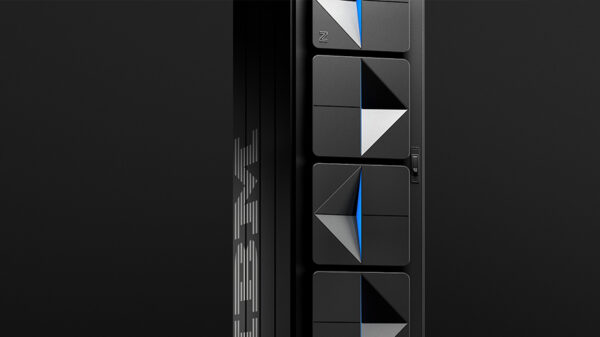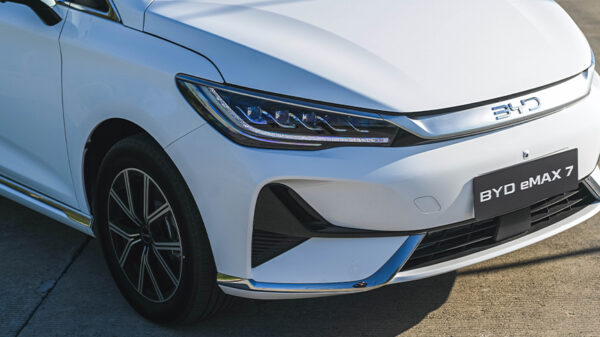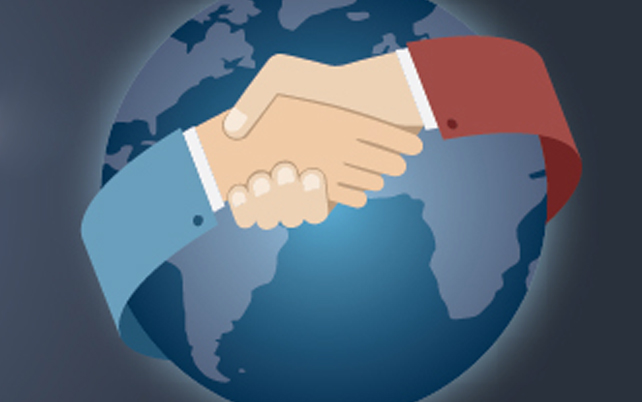Infinera introduced XR optics, the industry’s first point-to-multipoint coherent optical subcarrier aggregation technology optimized for hub-and-spoke traffic patterns.
XR optics is engineered to break the inherent limitations of traditional point-to-point optical transmission solutions and paves the way for disruptive network economics and a paradigm shift in transport architectures.
Powered by independently routable Nyquist subcarriers and coherent optical aggregation capabilities, XR optics will enable network operators to design more efficient, flexible, and cost-effective transport networks optimized for the applications driving network growth.
Connections in optical transport networks have historically been implemented using point-to-point technology, which requires matching transceivers of identical speed on each end of the fiber link. These point-to-point solutions are extremely inefficient at handling hub-and-spoke traffic flows, which dominate traffic patterns in aggregation networks.
The result is increased CapEx and OpEx stemming from an extremely large number of transceivers, increased space and power requirements, and “rip and replace” truck rolls as traffic requirements grow. In addition, as networks scale, additional digital aggregation devices are required at intermediate locations to support the conversion to higher speeds. Operational costs and complexity are compounded as operators brace for the significant increase in traffic demand coming from 5G, fiber deep, and new cloud-based business services and applications.
With coherent subcarrier aggregation (CSA) capabilities, XR optics technology enables a single high-speed transceiver to simultaneously send and receive independent data streams to/from numerous low-speed transceivers. By leveraging these capabilities, network operators will be positioned to significantly reduce the number of transceivers in the network, eliminate the need for costly intermediate aggregation devices, and more efficiently optimize transport infrastructure for hub-and-spoke end-user traffic flows. XR optics is designed to be integrated into a variety of form factors, including industry-standard pluggables, from low-speed interfaces with a single subcarrier to high-speed (400G+) interfaces with numerous subcarriers.
“We’re excited to introduce the revolutionary concept of coherent subcarrier aggregation, one that will redefine the cost structure of next-generation transport networks,” said Dr. Dave Welch, Founder and Chief Innovation Officer. “XR optics addresses a fundamental deficiency in optical communications technology and is expected to have a significant impact on any network that implements an aggregation function.”
“Developing 400ZR solutions demands a large investment, and companies are looking for ways to leverage these investments by broadening their addressable market. Infinera has gone a step further in a big, bold move: it is combining its unique expertise in photonics, silicon, and network management to yet again create a truly differentiated approach to solve the engineering challenges faced by network operators,” said Andrew Schmitt, Directing Analyst, Cignal AI.
“We are excited about XR optics and its potential to make optical networks more efficient,” said Beck Mason, SVP and General Manager Telecom Transmission, Lumentum. “Our market-leading coherent transmission products, based on high-performance indium phosphide photonic integrated circuits, are well proven and deployed in volume in coherent transmission applications, including those employing digital subcarriers, the innovative technology upon which XR optics is based.”
“Optical aggregation with XR optics is a compelling new architecture for aggregating edge nodes such as 5G radios into high-speed 400G router ports without requiring active aggregation devices in the field. We welcome this multi-vendor effort to fundamentally reduce the complexity and operational cost of aggregation networks,” said Christophe Metivier, VP of Manufacturing and Platform Engineering, Arista Networks.













































































































